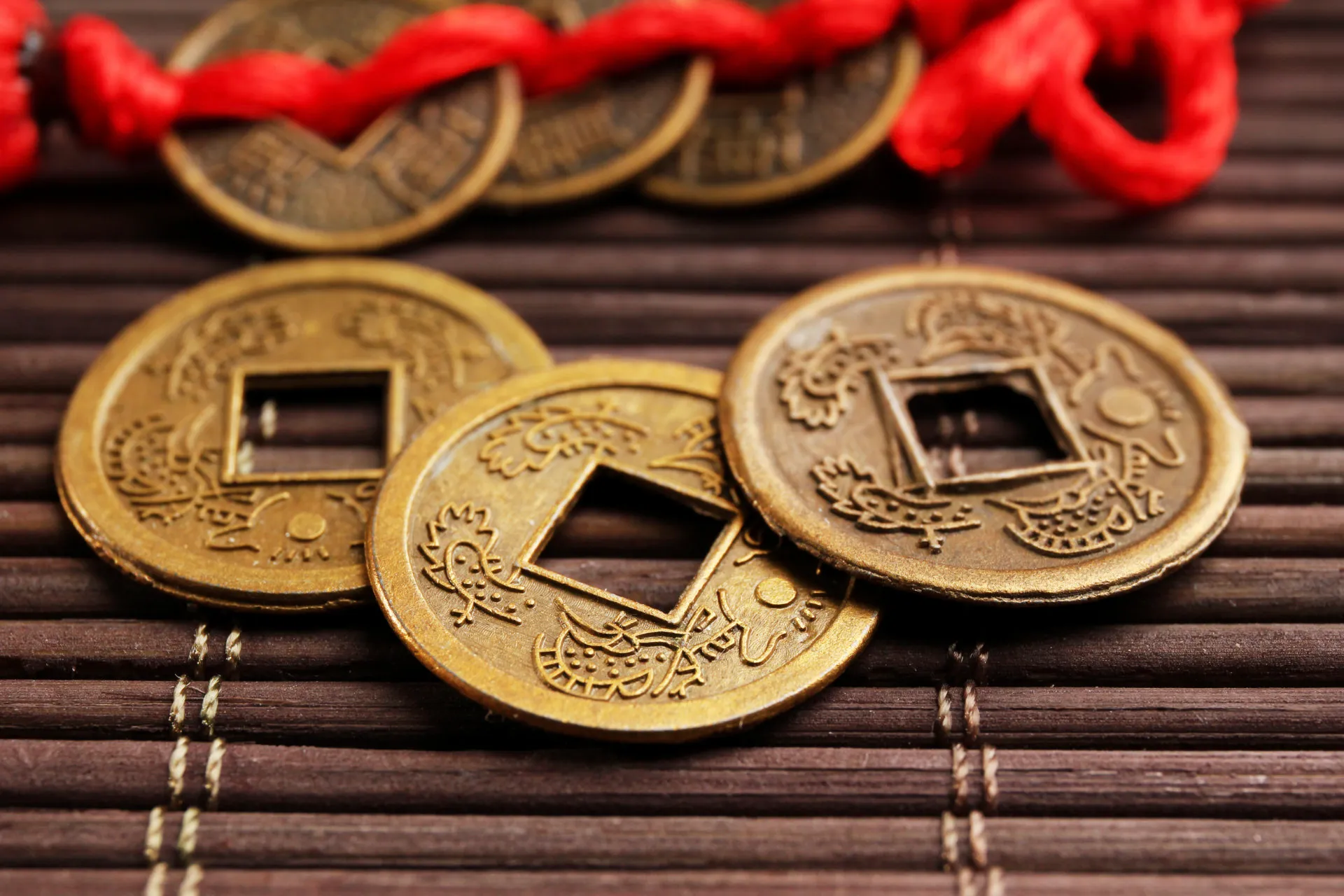Coins have long been more than just currency. Throughout history, they’ve carried with them secret messages, symbols, and meanings that go beyond their face value. From ancient empires to modern mints, certain coins have been designed to convey hidden messages or hold special significance. In this article, we’re diving into the fascinating world of numismatics to explore nine coins with secret messages and their intriguing meanings. So, if you’ve ever wondered what hidden stories your pocket change might hold, read on!
1. The Lincoln Penny (United States)
The Lincoln penny is a staple in American currency, but did you know there’s a secret message hidden in plain sight? If you look closely at the Lincoln Memorial depicted on the reverse side of the penny, you can see the tiny figure of Abraham Lincoln sitting inside the monument. This detail is often missed by the naked eye, symbolizing the ever-watchful presence of Lincoln and his enduring legacy in American history.
2. The 5p Coin (United Kingdom)
The British 5p coin, introduced in 2008, features a unique design that is part of a larger puzzle. When placed together with other coins from the series, the shield of the Royal Arms is revealed. This design symbolizes unity, bringing together different denominations to create a complete picture, much like the unity of the United Kingdom itself.
3. The Ancient Greek Owl Tetradrachm
One of the most famous coins in history, the Athenian Owl tetradrachm, not only served as currency but also as a symbol of wisdom. The owl was associated with Athena, the goddess of wisdom and war. On the reverse side of the coin, alongside the owl, the letters “AOE” appear, which is short for “ΑΘΕ,” representing Athens. This coin subtly communicated the power and wisdom of the Athenian state to all who used it.
4. The Canadian 2 Dollar Coin (Toonie)
Canada’s two-dollar coin, affectionately known as the “toonie,” carries more than just a polar bear on its surface. The coin’s outer ring represents the unity and diversity of Canada, with the inner polar bear symbolizing the strength and endurance of the country. The toonie’s design serves as a reminder of Canada’s resilience in the face of its harsh northern climate.
5. The 2 Euro Coin (Greece)
Greece’s 2 Euro coin features an image of the mythological scene of Europa and the bull, a story that tells of Zeus transforming into a bull to abduct Europa. This coin not only celebrates Greek mythology but also Europe’s cultural heritage. The image symbolizes the union of Europe under a common currency, echoing the ancient myth of unity and transformation.
6. The Nazi Swastika Coin
During World War II, Nazi Germany issued coins with the swastika, a symbol of the regime. While this symbol is widely recognized, the coins also carried a more subtle message. The use of the swastika on everyday currency was a way to embed the ideology of the regime into the daily lives of the German people, ensuring that their message of power and control was ever-present.
7. The Japanese 5 Yen Coin
The 5 yen coin in Japan is considered lucky and is often given as a good luck charm. The design includes rice, water, and gear, symbolizing agriculture, industry, and the economy. The hole in the center represents the universe, making the coin a microcosm of Japanese society. Its design is a subtle reminder of the interconnectedness of all aspects of life in Japan.
8. The Chinese Panda Coin
China’s panda coins are not only popular for their beauty but also for the messages they carry. Each year, the design changes, symbolizing the passage of time and the importance of wildlife conservation. The panda, a national symbol of China, represents peace, harmony, and the delicate balance between nature and human civilization.
9. The Roman Denarius of Julius Caesar
The Roman denarius featuring Julius Caesar is more than just an ancient coin; it’s a piece of propaganda. Issued by Caesar himself, it depicted his portrait, making him one of the first living people to be featured on a coin. This act was a bold statement, signaling his power and divinity to the Roman Empire. The coin was a message to all that Caesar was not just a ruler but a god-like figure.
Conclusion
Coins may seem like everyday objects, but as we’ve seen, they often carry hidden meanings and messages that reflect the cultures and times from which they originate. Whether it’s a subtle symbol of unity, a reminder of a nation’s resilience, or a piece of political propaganda, these coins offer a glimpse into history and the values of those who used them. The next time you come across a coin, take a closer look—you might just uncover a secret message.
For more such stories and articles, click here.
FAQs
1. What makes the Lincoln penny’s design unique?
The Lincoln penny features a tiny depiction of Abraham Lincoln sitting inside the Lincoln Memorial on the reverse side, which is often overlooked.
2. Why is the Japanese 5 yen coin considered lucky?
The Japanese 5 yen coin is considered lucky because its design represents the universe and the interconnectedness of life, making it a popular good luck charm.
3. How does the 5p coin from the UK symbolize unity?
The 5p coin’s design is part of a larger puzzle that, when placed together with other coins, forms the shield of the Royal Arms, symbolizing the unity of the United Kingdom.
4. What message does the Roman denarius of Julius Caesar convey?
The Roman denarius featuring Julius Caesar was a piece of propaganda, portraying him as a god-like figure and signaling his power to the Roman Empire.
5. Why do Chinese Panda coins change their design annually?
The design of Chinese Panda coins changes each year to symbolize the passage of time and to highlight the importance of wildlife conservation.

